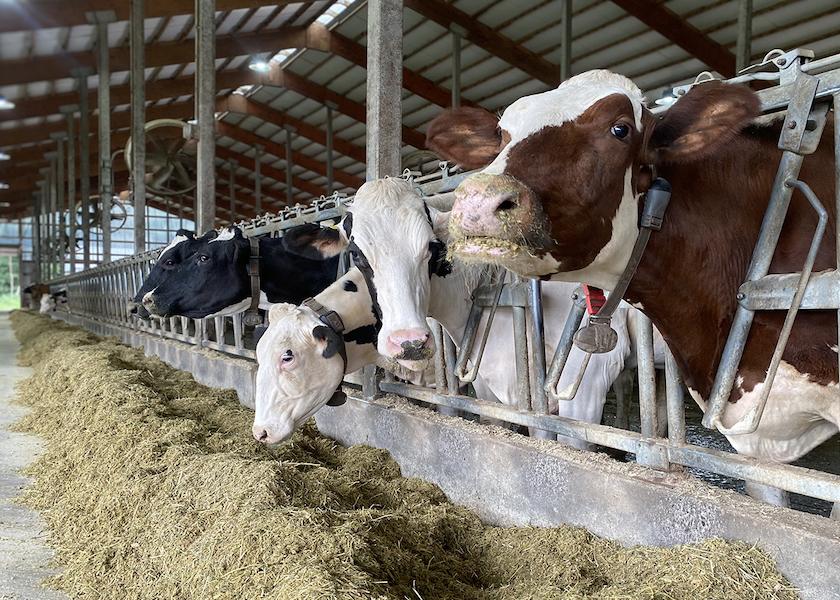6 Ways to Boost Performance and Lower Feed Costs

Feed costs will continue to be the No. 1 expense. Jim Salfer, Extension dairy educator with the University of Minnesota, offers some best practices to help producers lower feed costs. These recommendations can be implemented with minimal effects on performance in most herds.
- Minimize Waste and Shrink — In one year, a 100-cow dairy can save $58,400 by reducing the shrink from high shrink to low shrink. Often, dairies have a shrinkage of 30% on forages with bunkers and piles, with 10% shrinkage on concentrates in commodity sheds. “This is the biggest and an easy way to reduce feed costs,” he says, stating that for forage stored in bunkers or piles, this is an insidious cost because you don’t write a check for it.
- Maximize Homegrown Feeds —If you raise most of your own feeds, work with your nutritionist to maximize the value, he says. “If you are feeding purchased dry hay, consider reducing the amount and increasing the corn silage in the diet if adequate inventory is available. Even with a higher purchased protein cost, the total diet cost likely will be lower,” Salfer explains.
- Optimize Bunk Refusals — “With excellent bunk reading and feed management, many have been able to successfully reduce bunk refusals to 2% or below for lactating cows. Feed can be fed to replacement heifers or the low group in a freestall barn,” he says. As the level of refusals is reduced, Salfer says it is important to have high-quality feeds, frequent pushups, strategies to maintain feed along the entire bunk and consistent feeding times.
- Avoid Overfeeding Nutrients —All classes of animals should be fed at recommended nutrient requirements but not much above. In my opinion, heifer diets balanced considerably above national research council recommendations are a waste of nutrients. “Research shows that feeding at recommended levels is adequate for excellent growth,” Salfer says. “Review additives and determine if they are cost-effective in the diet.”
Dr. Mike Hutjens, professor of animal science emeritus from the University of Illinois-Champaign-Urbana says concurs with Salfer that feed costs are the major costs on the farm.
“With feed representing half of total farm expenses, it’s vital to keep them under control,” he says. “The only reason to raise livestock is to increase return on crops raised on the farm.”
Independent agriculture business financial consultant, Gary Sipiorski, says knowing your costs is essential. He reports that feed costs range between 20% to 45% of the gross income, depending on how much feed you produce yourself.
“If you purchase all your feed, your feed cost will push to be around 50% of the milk check,” Sipiorski says. “Feed is the biggest cost to a dairy and each farm needs to individually evaluate depending on variables such as needs and forage quality.”







